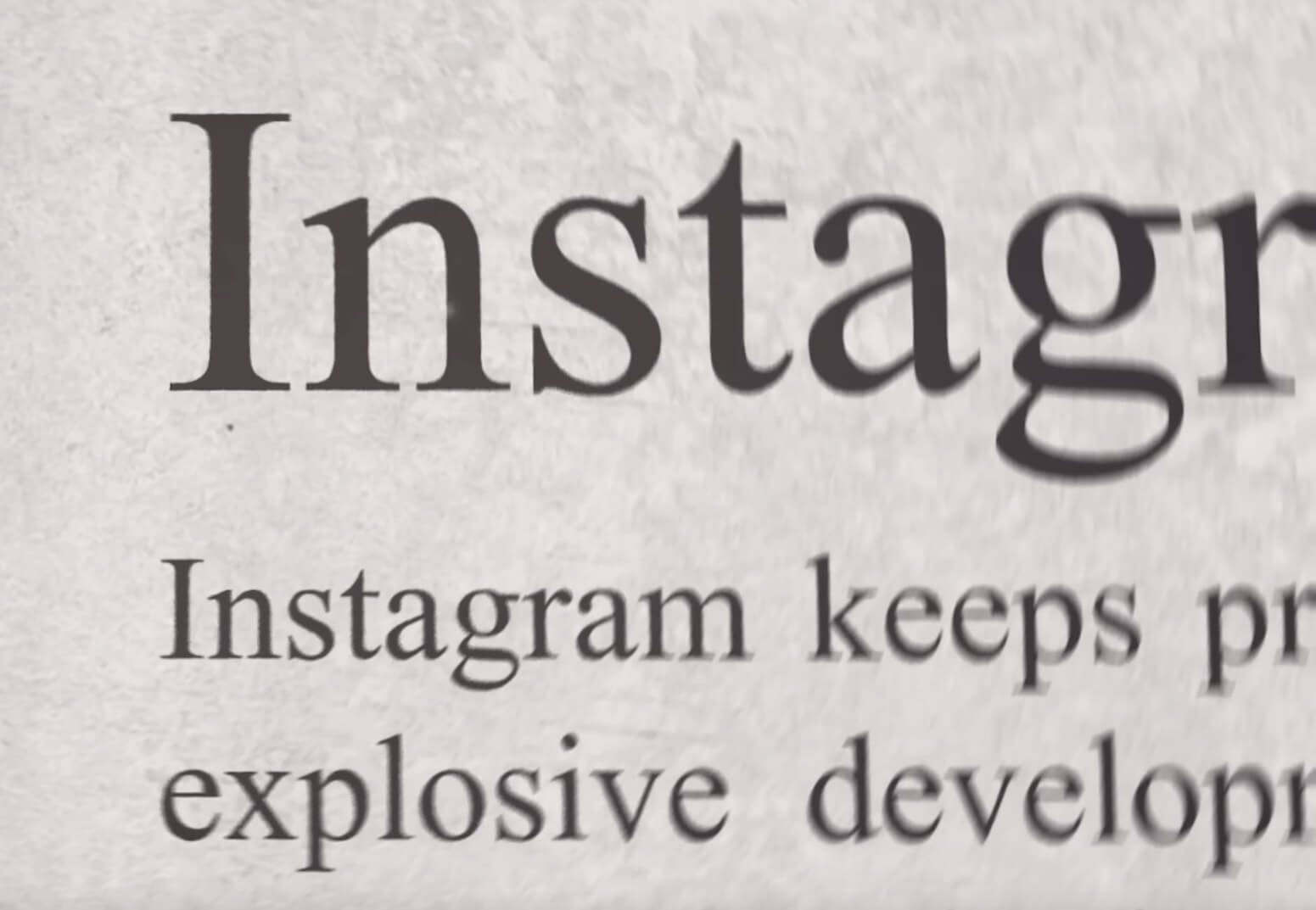Discover the reasons behind the surprising shift away from short-form content on social media platforms, and learn how creators, advertisers, and audience preferences are shaping the future of content consumption.
Table of Contents
A Shift in Focus: The Unexpected Move Away from Short Form Content
In recent years, there has been a significant push towards short-form content on social media platforms. The meteoric rise of platforms like TikTok and the adoption of short-form content features by major players like Instagram and YouTube seemed to solidify the notion that bite-sized content was the way of the future. However, recent developments suggest that platforms are beginning to move away from this trend, opting instead to pivot back to their primary sources of revenue, such as the Instagram feed or long-form video content. This surprising shift has left many puzzled, as it goes against the popular belief that our attention spans are shrinking, and short-form content is the key to capturing user engagement.
In this post, we will delve deeper into the reasons behind this unexpected change, examining the various factors at play, including the role of content creators, the advertising industry, and the evolving preferences of social media audiences. Join us as we explore the reasons why short-form content may not be the golden ticket to success that it was once thought to be, and how social media platforms are adapting to these new insights.
Creators Use Short Form Content as a Springboard for Greater Projects
For many content creators, short-form content serves as an invaluable tool in their creative arsenal. It offers a low-barrier entry point, allowing them to experiment with different ideas, showcase their talents, and connect with audiences in a quick, digestible format. However, while short-form content can be an excellent starting point, it often functions as a mere launching pad for creators to embark on more substantial and ambitious projects, such as music videos, podcasts, or long-form video content.
This dynamic relationship between short and long-form content highlights a key limitation of short-form content; it simply isn’t enough to build a loyal and dedicated base of creators. Many creators view short-form content as a means to an end, a stepping stone on the path to bigger and more fulfilling projects. As such, platforms that focus solely on short-form content may struggle to retain and nurture a thriving community of creators who are invested in the platform’s long-term success.
Furthermore, creators who achieve success with short-form content often find themselves wanting to explore more in-depth and nuanced storytelling, which simply isn’t possible within the constraints of short-form content. As a result, these creators may seek out other platforms or formats that better cater to their evolving creative needs, leaving short-form content-centric platforms at a disadvantage.
Advertisers’ Reluctance to Embrace Short Form Content and Its Impact on Platforms
Advertisers are a critical driving force in the world of social media, as their investments in ads often dictate the success and revenue-generation potential of various content formats. Unfortunately for short-form content, advertisers have been less than enthusiastic about embracing this format. In fact, based on ad rates, they are 100 times less likely to invest in ads on short videos compared to their long-form counterparts.
There are several reasons for this lack of enthusiasm from advertisers when it comes to short-form content. Firstly, the fleeting nature of short-form videos makes it challenging to convey a meaningful and persuasive message within the limited time frame. This difficulty in effectively communicating a brand’s message or value proposition makes short-form content less appealing to advertisers who want to ensure their marketing dollars are well spent.
Secondly, the rapid pace and high volume of short-form content can lead to ad fatigue and diminished user engagement. With users often consuming countless short videos in a single session, it’s easy for ads to become lost in the shuffle, reducing their overall impact and effectiveness. This saturation of ads, coupled with the potential for users to quickly swipe past them, further detracts from the appeal of short-form content as a viable advertising medium.
Given the reluctance of advertisers to invest heavily in short-form content, it becomes increasingly difficult for platforms to generate significant revenue from this content format. As a result, platforms are incentivized to shift their focus back to long-form content and other revenue-generating strategies that are more appealing to advertisers and provide a more stable source of income.
Audience Interest in Long-Form Content Remains Strong
As for the audience, it’s important to note that the popularity of short-form content doesn’t necessarily mean that interest in long-form content is dying. It’s more likely that both types of content coexist, finding a stable equilibrium that caters to different audience preferences and needs.
Why Platforms Are Refocusing on Long-Form Content and Main Sources of Revenue
Given these factors, it’s no wonder that platforms are shifting their focus back to long-form content and their main sources of revenue. Here are some key takeaways from this trend:
- Short-form content isn’t sufficient for building a loyal creator base, as most creators use it as a stepping stone to more ambitious projects.
- Advertisers are far less interested in short-form content, making it difficult for platforms to generate revenue from this type of content.
- Audiences maintain an interest in long-form content, indicating that it’s likely both short and long-form content can coexist and find equilibrium.
As a content creator and avid social media user myself, I’ve noticed this trend taking shape. While short-form content can be entertaining and engaging, it’s simply not enough to hold my interest long-term. I find that I’m drawn to long-form content that allows me to dive deeper into topics and truly connect with the creators behind it.
Ultimately, it’s essential for platforms to find the right balance between short-form and long-form content in order to cater to the diverse needs of their audiences. By focusing on their main sources of revenue and providing a variety of content types, platforms can create a more sustainable and engaging ecosystem for creators, advertisers, and audiences alike.




